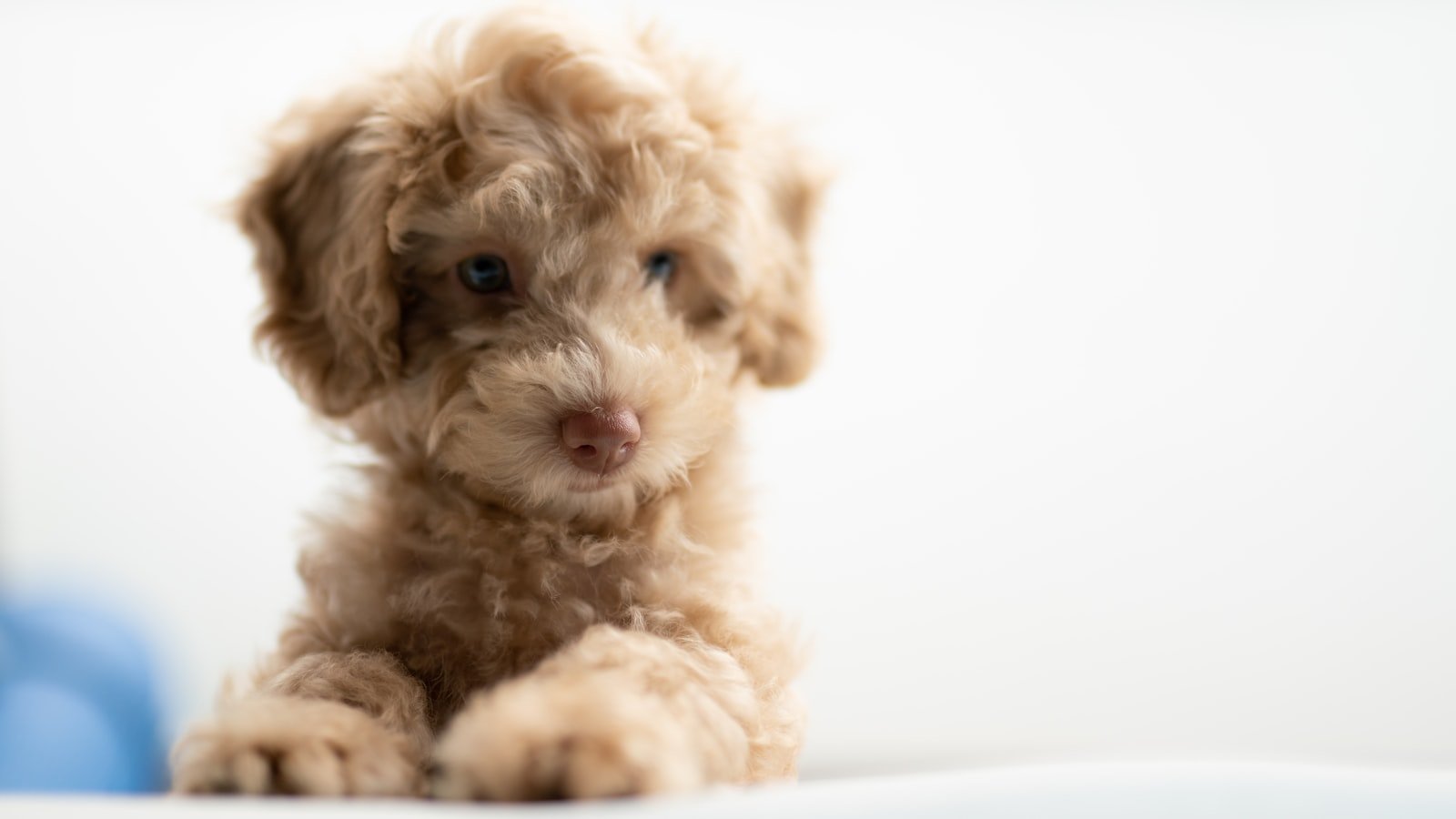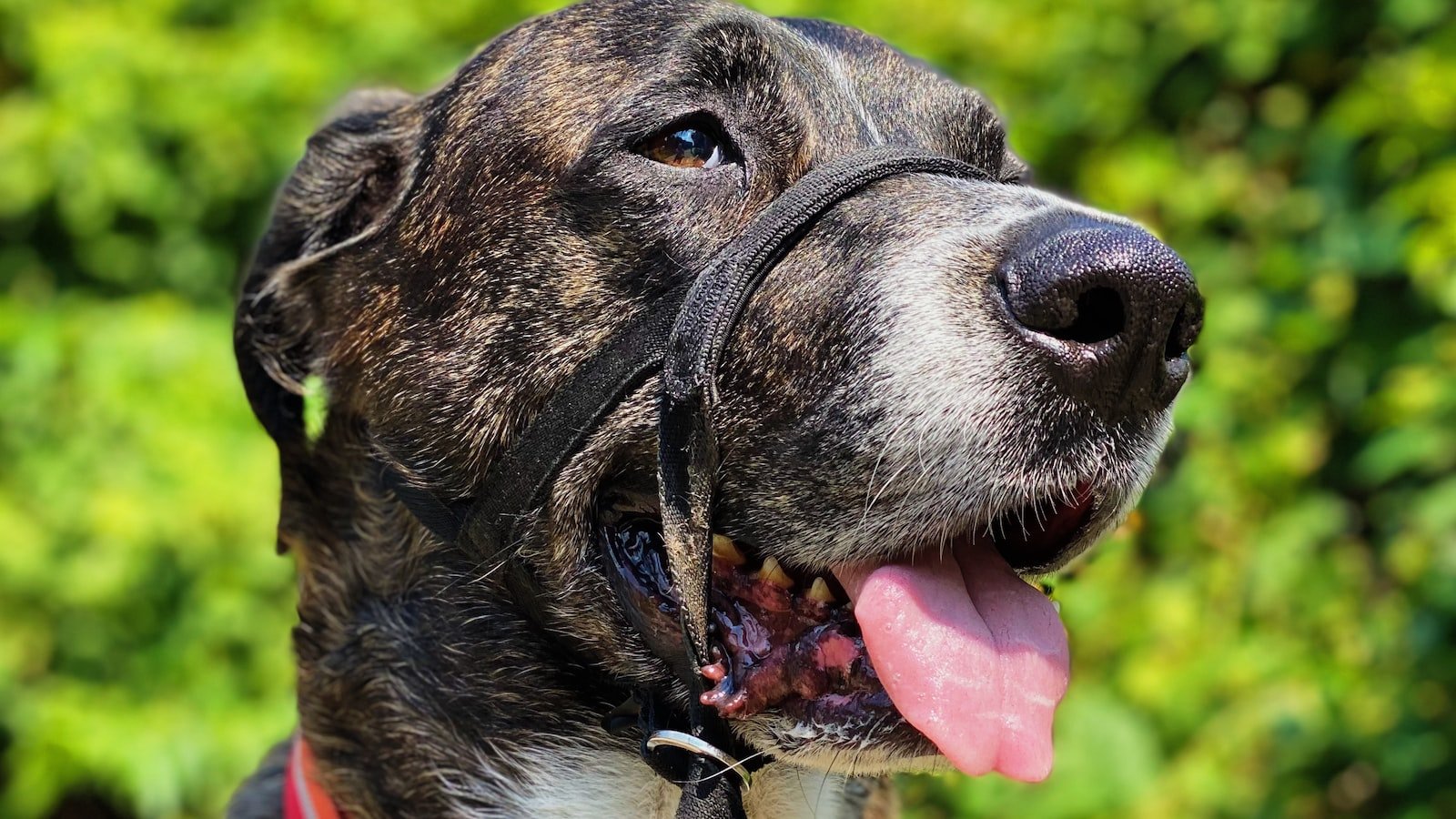As you gaze into the adorably innocent eyes of your newest furry addition, it’s hard to imagine a time when those wagging tails and slobbery kisses might test your patience. Yet, every puppy deserves a solid foundation of training to become a well-behaved and joyous member of your family. In this guide, we’ll unveil the first seven commands every puppy should know, revealing the keys to unlocking their boundless potential and establishing a lifelong bond built on trust and respect. So, whether you have a mischievous Labrador, a pint-sized Chihuahua, or any breed in between, let’s embark on this exciting journey of canine companionship and pave the way for a harmonious life together.
Table of Contents
- Introduction: Building a Foundation of Obedience for Your Puppy’s Well-being
- Establishing Boundaries: Teaching the Importance of Sit, Stay, and Come Commands
- Mastering Leash Training: Walking Your Puppy with Confidence and Control
- Cultivating Good Manners: Teaching No, Off, and Leave It Commands
- Instilling Safety Measures: Teaching Drop It and Wait Commands for a Well-rounded Puppy
- Q&A
- Final Thoughts

Introduction: Building a Foundation of Obedience for Your Puppy’s Well-being
Puppies are adorable bundles of joy that bring immense happiness into our lives. However, it’s essential to establish a solid foundation of obedience for their overall well-being. Building this foundation will not only benefit your puppy but also contribute to a harmonious bond between the two of you.
One crucial aspect of building obedience is consistent training. By setting clear boundaries and expectations from the start, you’ll help your puppy understand the rules of your household. Consistency will enable them to develop important life skills such as proper socialization, communication, and self-control.
- Socialization: Introduce your puppy to various environments, people, and other animals to help them feel comfortable and confident in different situations.
- Communication: Teach your puppy basic commands like sit, stay, and come. This will not only instill obedience but also create better communication between you and your furry friend.
- Self-Control: Encourage your puppy to develop self-control through impulse control exercises and positive reinforcement. This will help them to resist distractions and make better choices in their daily lives.
Remember, patience and positive reinforcement are the keys to success. By laying a strong foundation of obedience, you are ensuring your puppy’s well-being and setting them up for a lifetime of happiness and fulfillment.

Establishing Boundaries: Teaching the Importance of Sit, Stay, and Come Commands
In the vast and exciting world of dog training, one fundamental aspect that cannot be overlooked is the establishment of boundaries. Just like humans, our furry friends need guidelines to understand their roles and behave appropriately in different situations. To achieve this, three essential commands – sit, stay, and come – play a crucial role in teaching dogs how to respond and interact with their surroundings.
1. Sit: This simple yet mighty command is the cornerstone of obedience training. It teaches dogs to assume a seated position until further instructions are given. By teaching your dog to sit, you gain control over their impulsive behavior and help them learn patience and impulse control.
2. Stay: Building upon the sit command, the stay command takes it a step further by teaching your dog to remain in a position until released. This command is particularly useful in situations where you need your dog to stay put, such as crossing a road or greeting guests at the door. Practicing stay allows for a safe and harmonious environment, where your dog understands that their current position is non-negotiable.
3. Come: The come command is a vital tool for ensuring your dog’s safety and strengthening the bond between you and your fur baby. By teaching your dog to come when called, you can prevent potential hazards, such as running into traffic or approaching strangers. This command can give you peace of mind, knowing that your dog will always respond and return to your side, no matter the circumstances.
Mastering sit, stay, and come commands is a collaborative journey between you and your furry companion. With consistency, patience, and positive reinforcement, these commands will not only establish clear boundaries but also pave the way for a well-behaved and balanced dog. Embrace the joy of training and empower your dog with the invaluable gift of understanding. Remember, boundaries are not limitations; they are the key to a harmonious coexistence between you and your loyal companion.
Mastering Leash Training: Walking Your Puppy with Confidence and Control
Walking your puppy on a leash can be an exciting and bonding experience for both of you. It’s a chance to explore the great outdoors, meet new friends, and provide essential exercise. However, without proper leash training, it can quickly become a frustrating and chaotic endeavor. Don’t worry though, with a few key tips and tricks, you can master leash training and enjoy peaceful walks with your furry companion.
First and foremost, establish a strong foundation by introducing your puppy to their leash and collar early on. Start indoors in a controlled environment, allowing your pup to get comfortable with the sensation of wearing a leash. Encourage positive associations by rewarding them with treats and praise for calm behavior. Begin with short, supervised sessions, gradually increasing the duration as your puppy grows accustomed to the leash.
Here are some essential tips to help you on your leash training journey:
- Stay Consistent: Dogs thrive on routine, so make sure to incorporate regular, structured walks into their daily schedule. Consistency is key to reinforcing good leash manners.
- Use Positive Reinforcement: Reward your puppy with treats, verbal praise, or a favorite toy when they exhibit desired leash behavior, such as walking by your side or sitting calmly before crossing the road.
- Practice Patience: Leash training takes time and patience. Don’t rush the process or expect instant results. Allow your puppy to explore their surroundings while gently guiding them with positive reinforcement.
- Practice Loose Leash Walking: Encourage your puppy to walk beside you on a loose leash without pulling or tugging. Reward them for maintaining a relaxed leash by your side.
- Posture and Body Language: Maintain a confident posture and relaxed body language while walking your puppy. Dogs are highly perceptive and can sense your emotions, so staying calm and collected will help create a positive walking experience.
Remember, walking your pup should be an enjoyable adventure for you and your furry friend. Leash training requires patience, consistency, and positive reinforcement. With these tips in mind, you can develop a strong bond and confident control while exploring the world together.
Cultivating Good Manners: Teaching No, Off, and Leave It Commands
When it comes to fostering good manners in your furry friend, teaching commands like “No,” “Off,” and “Leave It” can make all the difference. These commands not only instill discipline and respect but also ensure the safety of both your pet and those around them.
One effective way to teach these commands is through positive reinforcement training. Start by establishing a clear cue for each command, or a unique gesture that your pet can easily understand. For instance, a firm ”No” can be accompanied by a raised palm, while “Off” can be paired with a hand signal that signals your pet to move away.
Here are some tips to help you successfully teach these commands:
- Show, don’t tell: Demonstrate the action you want your pet to take. For “Off,” for example, physically guide them away from furniture or countertops and reward them when they comply.
- Stay consistent: Ensure that everyone in your household uses the same cues and rewards for these commands. This consistency helps your pet associate the commands with the desired action regardless of who gives them the command.
- Persistence pays off: Remember that teaching these commands takes time and patience. Be consistent with training sessions and gradually increase distractions to reinforce good behavior.
In conclusion, teaching commands like “No,” “Off,” and “Leave It” is essential for cultivating good manners in your pet. By using positive reinforcement training and staying consistent, you can foster a well-mannered furry companion who understands boundaries and respects your commands.
Instilling Safety Measures: Teaching Drop It and Wait Commands for a Well-rounded Puppy
Teaching your puppy essential safety commands is crucial for their well-being and the peace of mind of both you and your furry friend. Two important commands that every puppy should learn are “Drop It” and “Wait.” Mastering these commands not only keeps your pup safe from potential hazards but also promotes good behavior and discipline.
The Drop It command:
This command teaches your puppy to release objects that they may have picked up, be it a harmful item or a treasured possession that you don’t want them to chew on. It helps prevent choking hazards and keeps your puppy away from toxic substances. To teach this command, follow these steps:
- Hold an enticing but safe object, such as a toy or treat, in your hand.
- Allow your puppy to investigate the object and gently say “Take It.”
- As your puppy takes the object in their mouth, say “Drop It” and offer a more desirable reward, such as a tastier treat.
- Once your puppy drops the object, praise them and reward them with the better treat.
- Practice this command regularly, gradually increasing the difficulty by using different objects and distractions.
The Wait command:
The Wait command is essential for teaching your puppy self-control and preventing them from darting out of doors or running into busy streets. This command teaches them to pause and wait patiently until given permission to proceed. Here’s how to train your pup to wait:
- Start by putting your puppy on a leash and stand in front of an open door or gate.
- Say “Wait” and gently hold the leash, preventing them from moving forward.
- Count to three, then reward your puppy with praise and treats.
- Gradually increase the waiting time while keeping your puppy’s attention focused on you.
- Reinforce the command in various situations, such as before meal times, when crossing roads, or when visitors arrive.
Remember, consistency, patience, and positive reinforcement are key when teaching commands to your puppy. By mastering the Drop It and Wait commands, your puppy will develop into a well-rounded and safe companion, ready to explore the world with you.
Q&A
What are the first 7 commands every puppy should know?
The first 7 commands every puppy should learn are sit, stay, come, down, off, leave it, and heel. These basic commands will lay the foundation for proper obedience training and help ensure a well-behaved pup.
Why is teaching a puppy these commands important?
Teaching a puppy these commands is crucial for their safety, socialization, and overall well-being. It establishes clear communication between you and your furry friend while ensuring they are well-behaved and obedient in different situations.
How should I teach my puppy these commands?
When teaching your puppy these commands, it’s essential to use positive reinforcement, consistency, and patience. Break each command into small steps, reward good behavior with treats or praise, and practice in different environments to reinforce the commands in various scenarios.
At what age should I start training my puppy?
You should start training your puppy as early as possible, ideally between 8 and 12 weeks of age. Early training helps develop good habits, establishes trust between you and your puppy, and sets the stage for a well-behaved adult dog.
What if my puppy is struggling to learn these commands?
If your puppy is having difficulties grasping these commands, it’s important not to get discouraged. Take things slowly, reinforce proper behavior positively, and seek guidance from a professional dog trainer if needed. Remember, every puppy learns at their own pace.
Can I train my puppy without professional help?
While professional help can be beneficial, it is entirely possible to train your puppy without it. Many resources, such as books, online tutorials, and dog training classes, can assist you in effectively teaching your puppy the basic commands.
Are there any other commands I should teach my puppy?
Aside from the essential 7 commands, you can also teach your puppy additional commands like wait, drop it, speak, or roll over. These commands can be fun to learn and serve as mental stimulation for your pup, but remember to prioritize the basics first.
Final Thoughts
And there you have it, the first seven commands every puppy should know. From sit to stay, these foundational commands are the building blocks of a well-behaved and happy pup. Remember, patience, consistency, and positive reinforcement are key when teaching these commands to your furry friend.
So, go ahead and embark on this exciting journey with your puppy. Enjoy the moments of triumph when they finally understand what you’re asking of them. Revel in the joy of watching them grow into a confident and obedient companion.
And always remember, training is not just about control, but also about strengthening the bond between you and your pup. Celebrate the small victories together and don’t forget to reward them with love, treats, and plenty of belly rubs.
It won’t always be easy, but the dedication you put into teaching these commands will pay off in the years to come. So have fun, be patient, and watch as your adorable furball transforms into a well-mannered and delightful family member.
Now, armed with these seven commands, you’re ready to bring out the best in your puppy. So, go forth, and let the training adventures begin!
As an affiliate, my content may feature links to products I personally use and recommend. By taking action, like subscribing or making a purchase, you’ll be supporting my work and fueling my taco cravings at the same time. Win-win, right?
Want to read more? Check out our Affiliate Disclosure page.